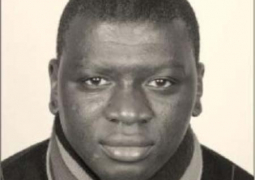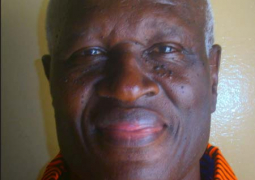I have critically looked at the objectives of the training with the view to be able to support then organizers meet their target and I have the conviction that my presentation will be centered and fits squarely around 'objective 6' as per the Workshop concept Document... which reads...
"To promote crime prevention opportunity for youth, as well as proposing methods and means of intervening into existing problems posing as barriers to development".
We need to agree that conflict is not an isolated event, but an integral part of the transformation of a whole range of societal relationships.
Frequent sources of conflict
Unresolved crisis (frequently family, relationship, financial, or community issues)
Unmet need for power or attention; perceived inability to meet these needs in healthy or constructive ways
Perceived inability to succeed (frustration, despair, boredom)
Unmet need for physical, emotional and/or academic safety
Boundary issues, including:
Lack of boundaries (on part of the adult)
Unclear, undefined or ambiguous boundaries
Unenforced boundaries (no follow-through)
Strategies in avoiding conflict
Are tools to help us take care of ourselves in our relationships with others
Attempt to accommodate the needs or desires of others
Build "win-win" power structures
Encourage cooperation and mutual respect without depending on fear, disempowerment, or manipulation
Create a success-oriented, reward-oriented environment
Allow outcomes (consequences, positive and negative) to occur in non-punitive environment
Make others accountable for their own behavior (as long as we follow through)
Leave the door open for the other person to change his or her behavior in order to get needs met
Support emotional safety in relationships... Get clear on your role.
Listen and try to distinguish between feelings and behaviors. All feelings are OK.
One way to peacefully resolve conflict is for each side
- to come together voluntarily
- to work cooperatively on the issues
- under the guidance of a trained facilitator
Conflict resolution should be a voluntary process that
- reflects the individual’s values if applied throughout the community.
- is also modeled and followed by all parties
- will fail if perceived as a process for one party only
The following process should be under the guidance of a trained facilitator.
Bring your conflicted parties together in a private location, and:
- Gather information: identify key issues without making accusations
- Focus on what the issues are, not who did what
- Avoid accusations, finding fault, calling names
Each party in collaborative conflict resolution
should feel empowered to speak their mind, feel listened to, and feel they are a critical part of the solution. So also, each is obligated to respect and listen to others, try to understand their point of view; and actively work toward a mutual decision.
If the conflict cannot be resolved in this manner,
mediation by a third, neutral party (as in peer mediation); or
arbitration (enforced resolution by a neutral authority) are options
Case study on Conflict Resolution
Each party
- States their position and how it has affected them;
others listen attentively and respectfully without interruption
- In turn repeats or describes as best as they they can
the other's position to the listener's satisfaction
(Franklin Covey's fifth habit says that you have to "Seek first to understand, then to be understood")
- Tries to view the issue from other points of view beside the two conflicting ones
- Brain storms to find the middle ground, a point of balance, creative solutions, etc.
- Each party should volunteers what he or she can do to resolve the conflict or solve the problem
Then:
- A formal agreement is drawn with agreed-upon actions for both parties;
- A procedure is identified should disagreement arise
- Progress is monitored
- Progress rewarded or celebrated
Read Other Articles In Article (Archive)
Box Youth Project donates to schools, institutions
Mar 26, 2013, 11:26 AM




